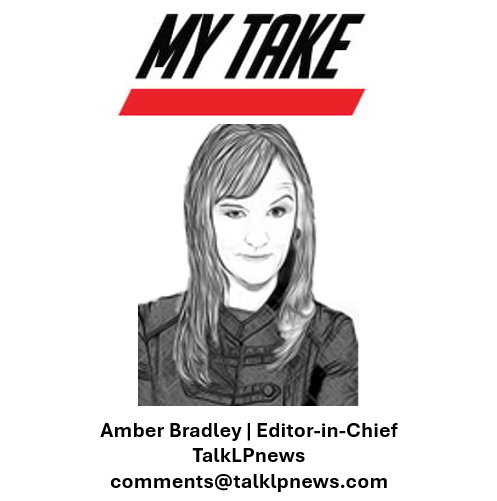Strategic master, author and organizational psychologist Dr. Patrick Lencioni stated, “The enemy of accountability is ambiguity, and nothing creates more ambiguity than a leadership team that fails to engage in productive conflict around important issues.” It’s been proven that management teams whose members challenge one another’s thinking develop a more complete understanding of the choices, create a broader array of options, and ultimately guide organizations to the most effective decisions in competitive environments.
If productive conflict is the key to finding the most optimal solutions for your company, why do internal team disagreements turn unproductive and even sometimes personal? And how should you manage seemingly emotional or irrational behavior when it arises? According to Stanford University professor Kathleen M. Eisenhardt, you keep it from going there.
Here’s the six tactics she suggests for managing interpersonal conflict within your teams for the most productive “fight:”
Work with more, rather than less information on the basis of facts
More information is better (as long as the information is based on facts and recent data). More information about a debated issue may seem like a hinderance, but it actually encourages people to focus on issues, not personalities. It also avoids time spent on useless arguments based on ignorance. Research also shows that there is a direct link between reliance on facts and low levels of interpersonal conflict.
Develop options to enrich the debate
Teams with low instances of interpersonal conflict developed multiple alternatives when considering options to solve a strategic challenge. The best teams in Eisenhardt’s studies were often debating four or five options at once.
Share commonly agreed upon goals
Obviously, it is important to create goals that are clearly communicated. The key with this point is to frame the creation of those strategic goals as collaborative, not competitive. If team members feel they are working toward a common goal, they are less likely to see themselves as either winners or losers. But more importantly, they are more likely to learn from others vs. feeling like they are competition with them.
Inject humor into the process
The point of this one is pretty obvious. Humor relieves tension and promotes collaboration. Plus a positive mood makes team members relaxed with their defenses down. So, don’t drag your boss for that awkwardly timed dad joke.
Maintain a balanced power structure
This point reiterates the importance of ‘balanced power structures’ which means the head person has the final decision making power but other members of the team have hierarchical power based on their own well-defined area of responsibility. Flat organizations where no one truly leads by making final decisions creates high levels of internal friction.
Resolve issues without forcing consensus
Basically, not everyone has to agree with the final decision BUT everyone should feel like they debated the relevant options and were heard throughout the process. This process is called ‘consensus with qualification’ – here’s how it works: Executives talk over an issue and try to reach consensus. If they can, the decision is made. If they can’t, the most senior member makes the decision, guided by input from the rest of the team. But the point is, a decision is made. Interestingly, people are willing to accept outcomes they disagree with as long as they believe the process was fair.
And if you’re thinking, “Oh, this is just great, Amber – a more complex process to slow down an already intense process.” Wrong-o. Research shows that creating and utilizing these six tactics actually speeds up the process instead of slowing it down.
More importantly – MOST importantly – remember the opposite of conflict isn’t peace. The alternative to NOT having productive conflict within your team is apathy and disengagement. A slight play on Mr. Lencioni’s quote – the enemy of productive teams is apathy so practice these six tactics to build a strong team ready for any ‘fight’ that comes their way!


